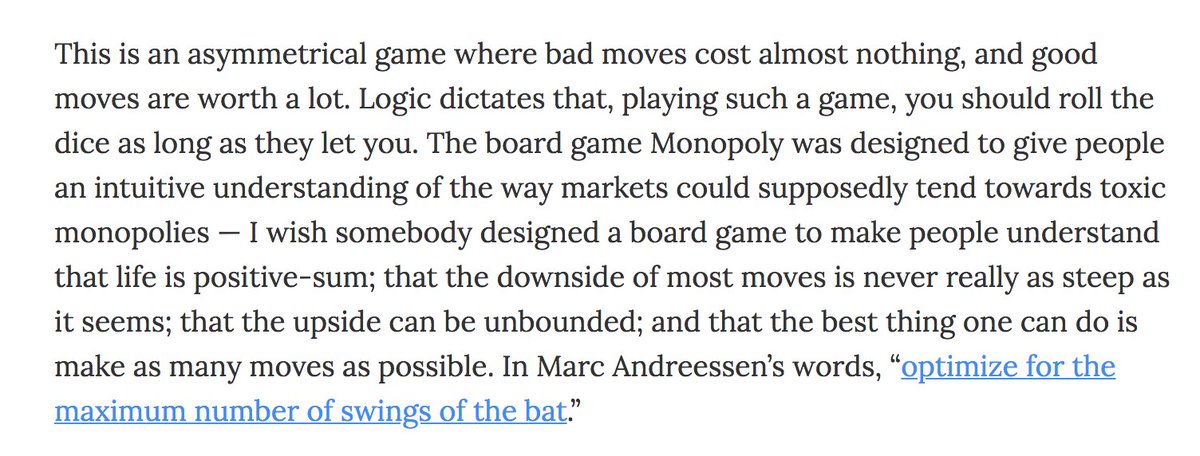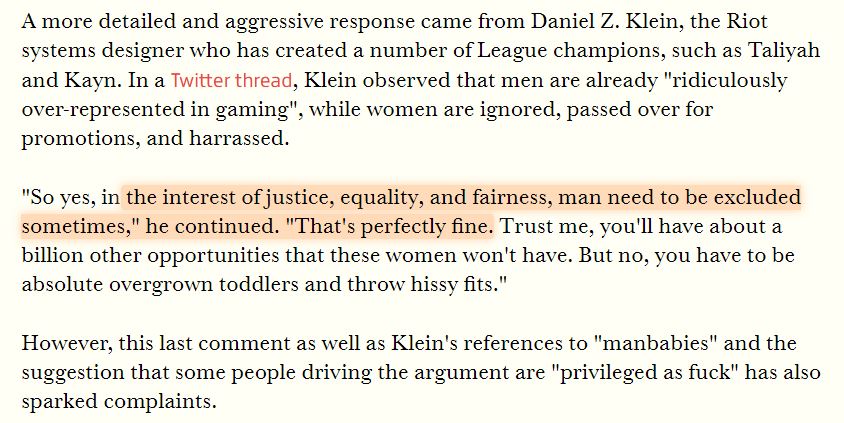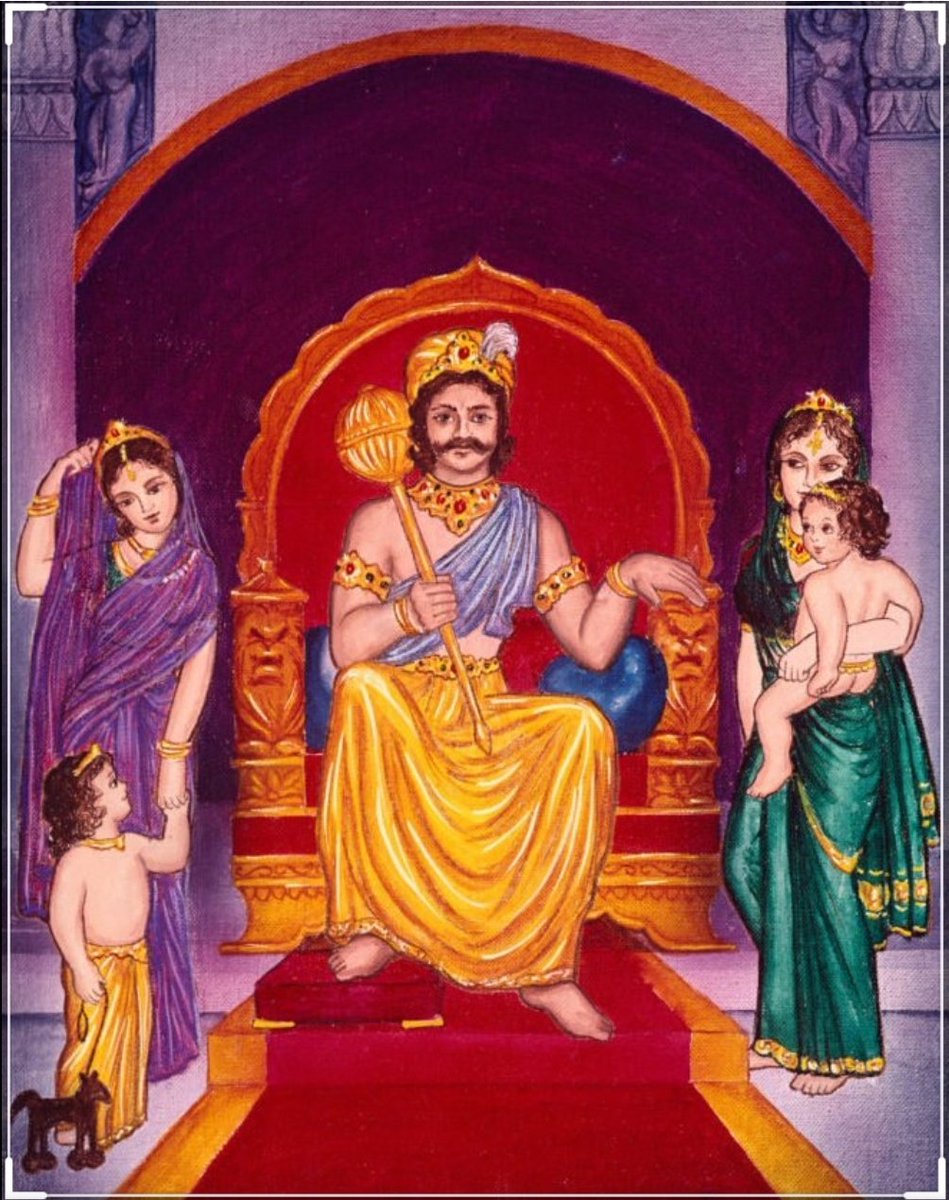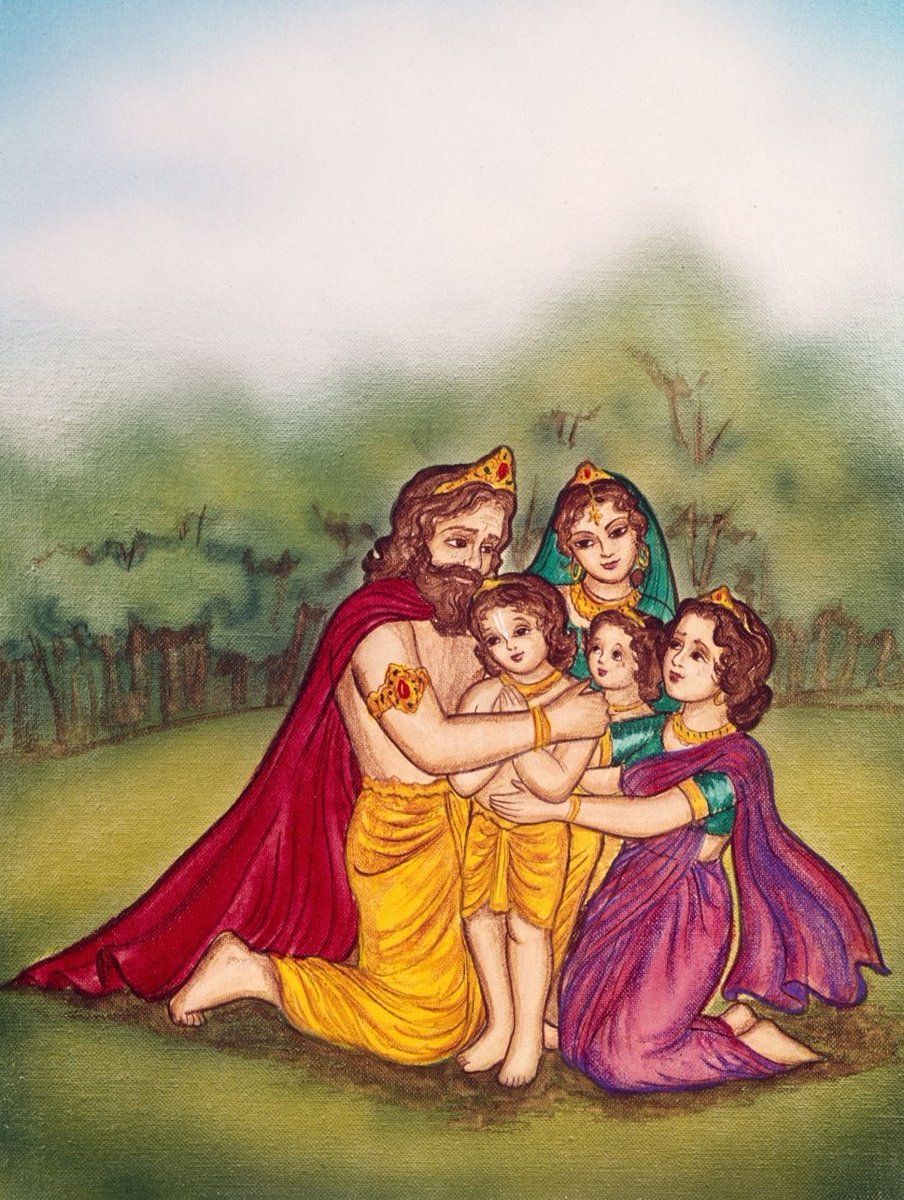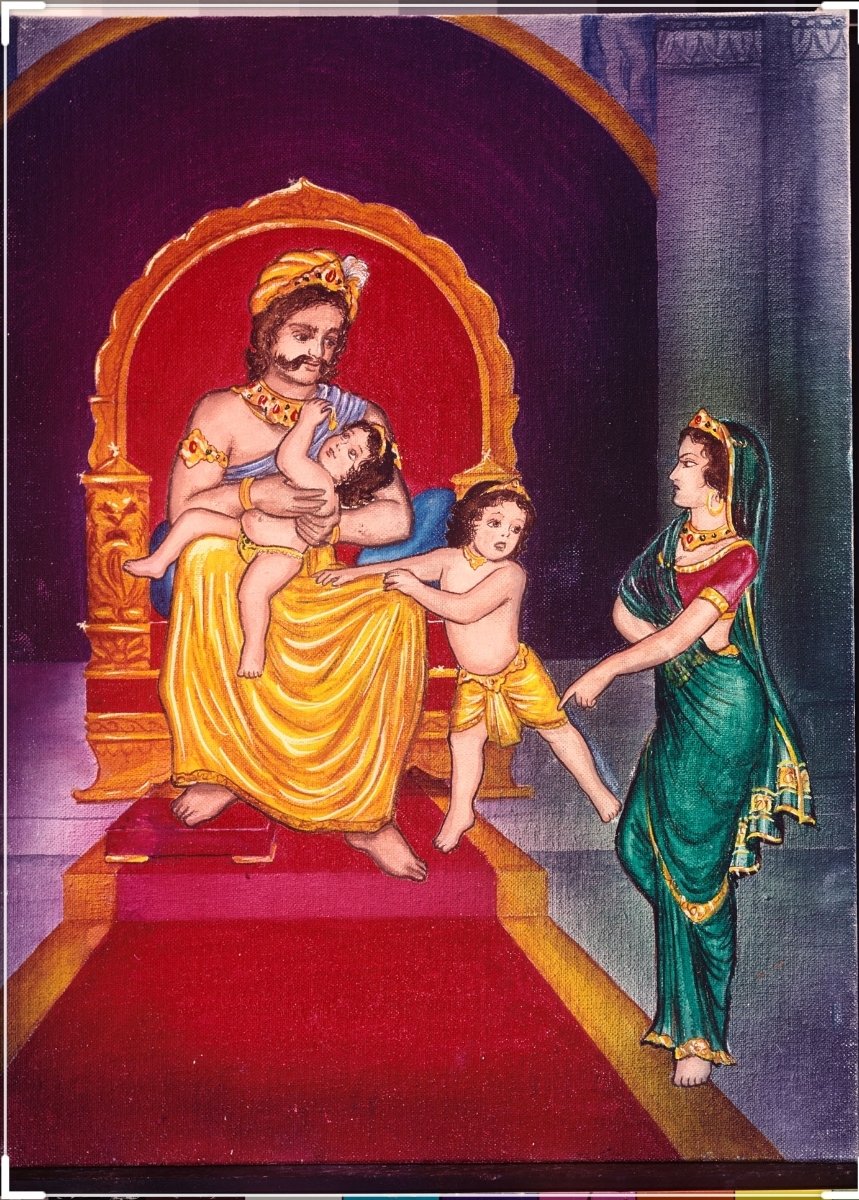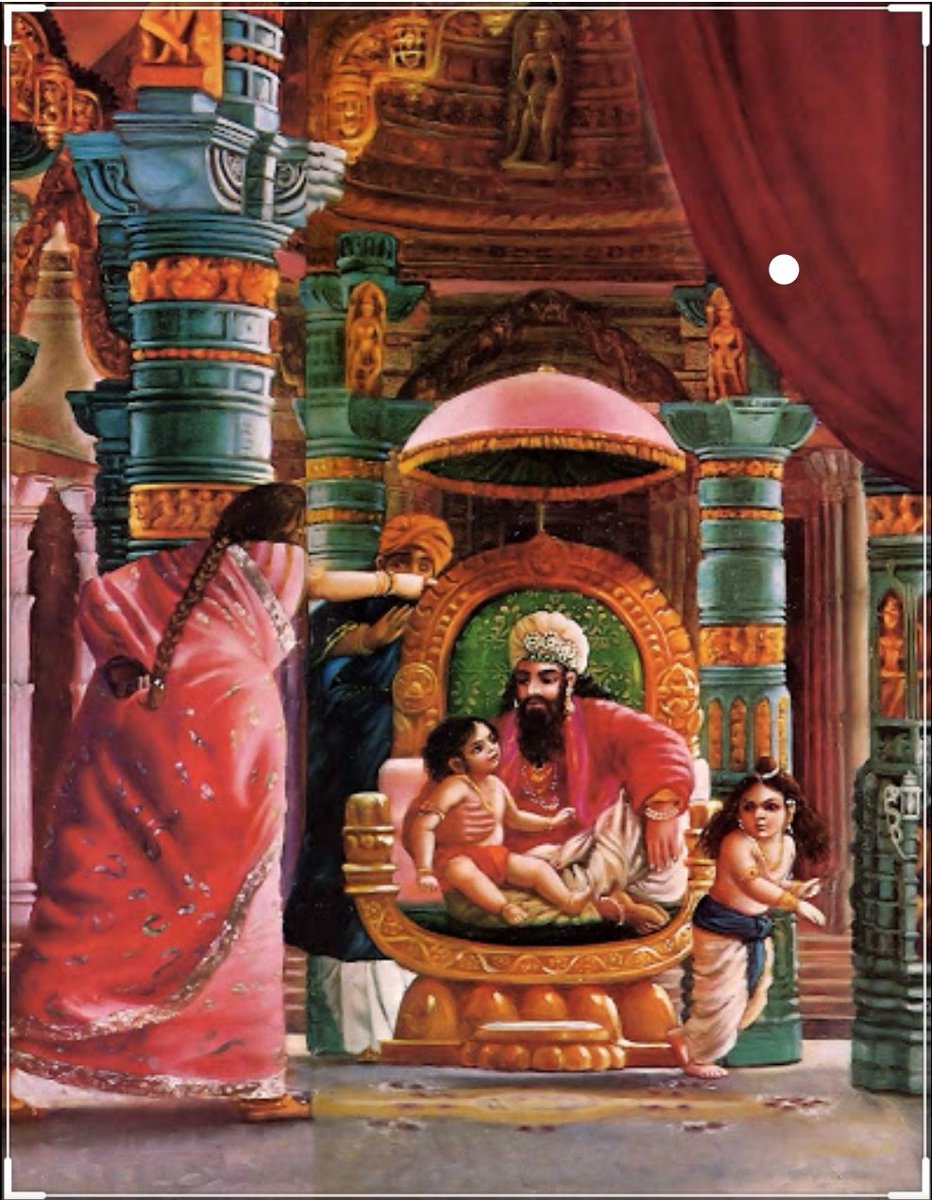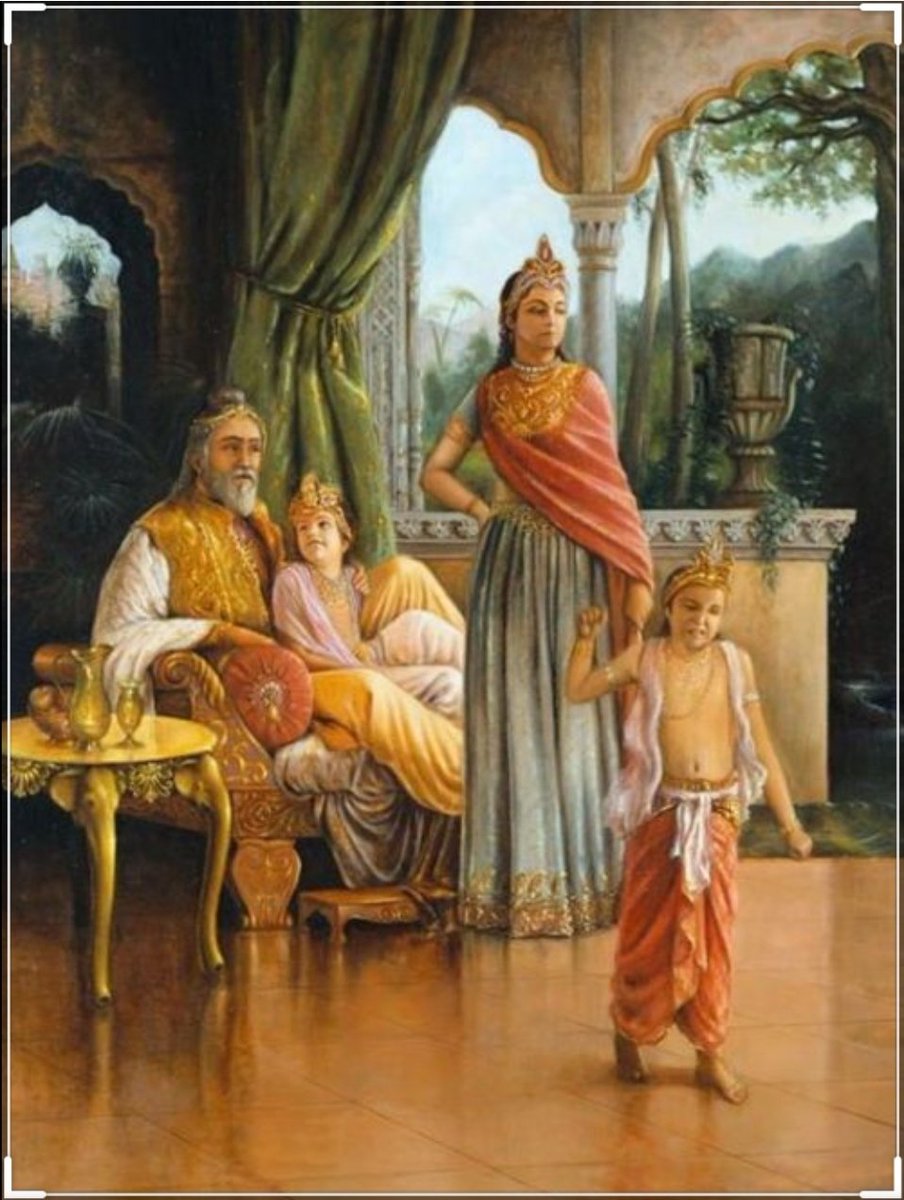For decades, Jeff Bezos shunned ads.
But now, Amazon’s ad business is huge: it’s on a $30B+ annual run rate (more than 2x the combined sales of Twitter, Snap and Pinterest).
Here’s how it happened 🧵
1/ Amazon doesn’t break out its ad business separately in financial filings. However, most analyst believe ads make up the majority of its “Other” revenue segment.
This figure has exploded from $1B in 2015 to a current annual run rate of ~$32B.
2/ In 2009, Bezos said “ads are the price you pay for a crappy product”.
But the business is so lucrative that Amazon’s interface has been swamped with ads:
◻️ First 3-7 search results (left in red)
◻️ Most of the product page (right in blue)
3/ Prior to the rise of ads, Amazon set out to build the ultimate organic customer recommendations engine.
The approach was codified in a famed 2003 research paper: “Amazon Recommendations: Item-to-Item Collaborative Filtering.”
4/ In recent years, Amazon organic recommendations:
◻️"Customers who bought this also bought this"
◻️"Customers who viewed also viewed"
Have been replaced w/ ads:
◻️ "Sponsored products related to"
◻️ "Brands related to this category"



